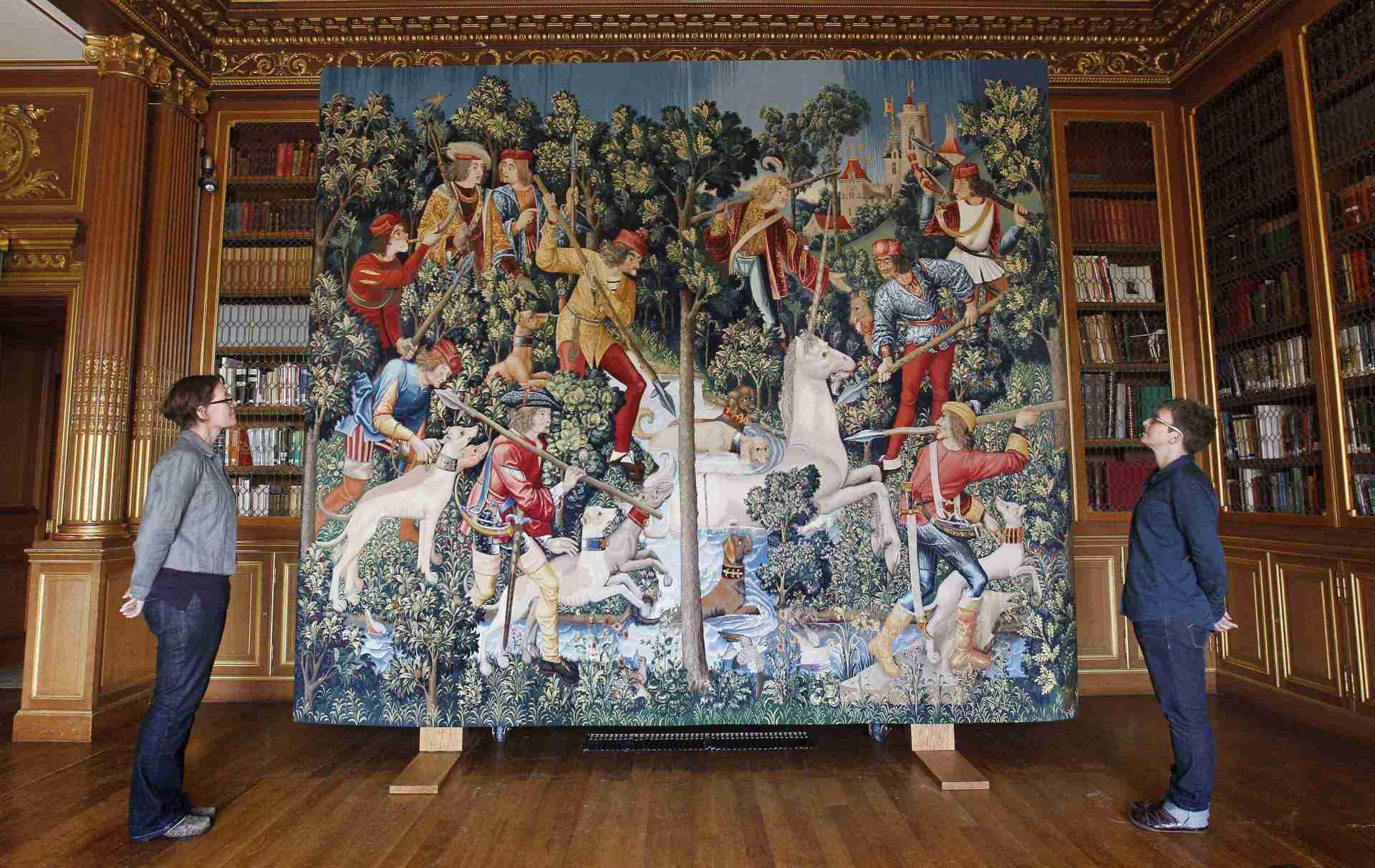Unveiling the Rich Tapestry of Kente: A Journey into Ghana’s Cultural Heritage
Introduction
Table of Contents
Step into the vibrant realm of Kente, a breathtaking textile that embodies the rich cultural heritage of Ghana and beyond. Woven with intricate patterns and vibrant colors, Kente is a testament to the artistry, storytelling, and social significance that has been passed down through generations. This article invites you on a captivating journey into the world of Kente, unveiling its origins, symbolism, and enduring legacy that continues to inspire and captivate.
Origins of Kente
The genesis of kente can be traced back to the ashanti people of Ghana in the 17th century. Originally known as “nwentoma,” meaning “woven cloth,” Kente was initially used as a royal attire worn by kings and other high-ranking members of society. The intricate patterns and vibrant colors served as visual representations of power, prestige, and cultural identity.
Symbolism in Kente
Kente is not merely a fabric but a canvas for storytelling. Each pattern and color holds deep symbolic meanings. As a notable example, the Adinkrahene symbol, frequently enough featured in Kente designs, represents leadership, power, and strength. Other popular symbols include:
- Duafe (adinkra symbol): Symbol of humility and resilience
- Nkyinkyim (Adinkra symbol): Symbol of independence, self-reliance, and perseverance
- odo Nnyew Fie Kunu (Adinkra symbol): Symbol of love, unity, and marriage
Kente in Fashion
Over the centuries, Kente has transcended its ceremonial origins and become a celebrated fashion statement. From conventional garments like the kente skirt and wrapper to contemporary designs fused with modern fashion trends, Kente has graced the catwalks and wardrobes of fashion enthusiasts worldwide. Its vibrant colors and bold patterns continue to captivate designers and inspire creativity.
Kente in Art and Culture
Kente’s influence extends far beyond fashion, finding its place in art, music, and broader cultural contexts. Renowned artists have incorporated Kente patterns into their paintings and sculptures, creating striking and evocative works that showcase its aesthetic and cultural significance. Furthermore, Kente fabrics have become a collector’s item, adorning homes and museums as vibrant representations of Ghanaian heritage.
Preservation and Legacy
Today,Kente remains a vibrant and cherished aspect of Ghanaian culture. Master weavers continue to pass down their artistry and techniques to younger generations, ensuring the preservation of this cultural宝.The government of Ghana and cultural organizations are actively involved in promoting and safeguarding Kente’s legacy, recognizing its invaluable contribution to the nation’s cultural identity.
Benefits and Practical Tips
Incorporating Kente into your life can bring many benefits:
- Cultural Appreciation: Wearing or displaying Kente demonstrates respect for Ghanaian culture and showcases its vibrant heritage.
- Fashion Statement: Kente fabrics add a unique and eye-catching touch to any outfit,making a bold fashion statement.
- Support for Local Artisans: Buying authentic Kente directly from Ghanaian weavers supports the local economy and preserves traditional craftsmanship.
- Home Decor: kente fabrics can add vibrant colors and patterns to your home decor, creating a warm and inviting ambiance.
Tips for Incorporating Kente
- Start with smaller accessories like scarves, belts, or jewelry to introduce Kente into your wardrobe.
- Pair kente fabrics with neutral colors to let the patterns shine.Alternatively,experiment with complementary colors for a more vibrant look.
- Look for Kente fabrics with historical or symbolic patterns to add depth and meaning to your outfit or decor.
- Care for your Kente fabrics by hand washing or dry cleaning to preserve their quality and longevity.
Case Studies
Here are some inspiring case studies showcasing the impact of Kente in various spheres:
| Case | Description | Impact |
|---|---|---|
| Fashion | Fashion designer Ozwald Boateng incorporated Kente patterns into his collections,showcasing the fabric’s versatility and global appeal. | Promoted kente on international runways and inspired other designers to embrace African textiles. |
| Art | Artist El Anatsui created large-scale sculptures using discarded Kente fabrics, highlighting environmental sustainability and cultural heritage. | Garnered international acclaim and raised awareness of Kente’s artistic potential. |
| Cultural Preservation | The Kente Museum in Bonwire, Ghana, houses a vast collection of Kente fabrics and educates visitors about its history and significance. | Preserves and celebrates the legacy of Kente and fosters a sense of cultural pride. |
First-Hand Experience: My Visit to a Kente Weaving Village
As I stepped into the weaving village of Bonwire, vibrant colors and the rhythmic sound of looms filled the air. Master weavers, their hands moving with practiced precision, patiently crafted intricate Kente patterns on traditional wooden looms. I witnessed firsthand the skill, artistry, and dedication that goes into creating each piece of Kente. The weavers shared stories of the symbolic meanings embedded in the patterns and the importance of preserving this cultural heritage. It was an unforgettable experience that deepened my appreciation for the artistry and cultural significance of Kente.
Conclusion
Kente is more than just a fabric; it is indeed an embodiment of Ghanaian culture and a testament to the creativity and storytelling traditions of the Ashanti people. From its humble beginnings to its global recognition, Kente continues to inspire, captivate, and connect people around the world. By embracing kente in all its forms, we celebrate the vibrant heritage of Ghana and preserve a cultural宝 that continues to evolve and enrich our lives.

